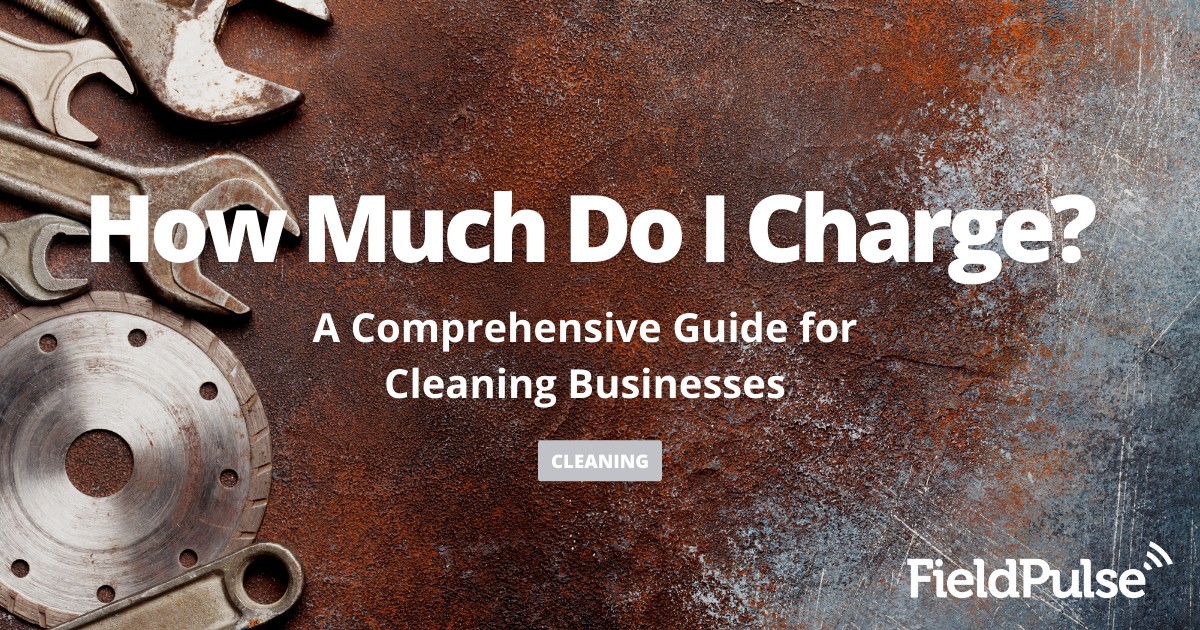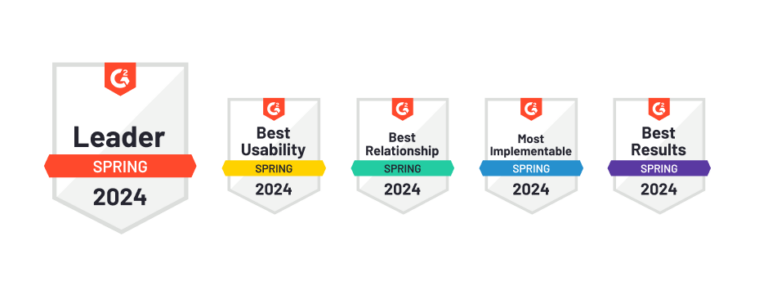There’s a lot of advice circulating on what to charge for house cleaning services. For example, the national average hourly rate per cleaner is between $25-$90 an hour. At that rate, the average home should cost between $120-$150 to clean, according to data gathered by HomeAdvisor.
However, deciding what your business should charge depends on a lot more than just national average costs. You’ll need to calculate your own business expenses, where your business is located, the depth of the cleaning needed or desired by each customer, the size of their home, and much more.
Whether the customer needs window washing and detailed, deep spring cleaning or a light weekly service, using this guide will help you determine what to charge for your services.
How Do you Charge?
There are two ways you can bill for housecleaning services. You can bill hourly, charging the customer for your time. This can be best when the scope of cleaning needed and the time it will take is unclear at the time you are hired.
The cons to this method are that the faster and more efficient your team gets, the less money you’ll make per job. Also, because of this, it is often more common for clients to question your rates and the hours you spend, feeling you may deliberately be wasting time or working slowly.
The second method is to charge a flat fee for the job agreed upon at the time you are hired. This is a good way to bid recurring jobs or even large one time jobs, as there’s no debate about hours and efficiency: you’re just paid for the results of the job.
Besides a simple estimate, some cleaners charge a room rate or a rate per square foot depending on the level of cleaning needed. Like flat fees, this rate is agreed upon at the start of the job, and it can help your company establish more consistent rates.
Calculate Your Expenses Including Your Wages
There are a few things you will want to look at before setting your rates. First and foremost you need to pay yourself and any employees you will hire. Besides labor costs per hour, you will also need to factor in the following:
- Taxes
- Supplies like Chemicals and Equipment
- Fuel to Get to and From Jobs
- Insurance and Business Costs
- Other Overhead Costs including Employee Benefits
- A Markup for Profits and Business Savings
Once you have calculated your expenses, you can establish what you need to charge per hour to be profitable. Then you can use the following formula to estimate a fixed price for each job.
Individual Job Estimates
There are several keys to doing this correctly. The first is that unless you are charging by the hour, you should never make an estimate sight unseen. Here are factors that should go into each estimate, and things you should look for when you visit the house:
- Accurately assess the size of the house. There are even apps that help you measure rooms and do this.
- Look at how dirty the house is: how much cleaning will it take?
- Make a time estimate based on the size of the home and dirt level.
- Offer recurring services. Not only will cleaning be easier, but you will have regular income. Usually, you can offer a discount for long-term contracts.
Once you have your time and supplies estimate, you can give each customer an accurate bid at a reasonable rate.
The Smith House Example
You visit the Smith home in a suburb near Seattle. The house is around 3,000 square feet, so the national average would say you charge $130-$220 depending on how deep a clean is needed. Let’s say the house needs a light, regular cleaning, and the customer signed up for monthly recurring services.
You estimate it will take two employees 2 hours to clean the house, resulting in 6 hours of labor costs. If you pay each of them $12 per hour, you need to add in additional employee costs for things like workers’ compensation and any benefits you pay, usually around 20% over their wage, depending on your state. This means an actual labor cost of $14.40 x 6 for this job, equaling $86.40.
Next, you will add a percentage for overhead costs including fuel, insurance, chemicals, equipment, and other costs. For most housecleaning businesses, this factor falls around 25% added above your labor costs. Your cost is now $86.40 x 1.25 equaling $108.
However, you are not done. This cost is just to break even. You have not made a profit yet, and that is the purpose of your markup. Typical business markups range from 35% to 50%, depending. For this example, we will use 40%. 108 x 1.4 gives us $151.20, putting you right in the range for the national average, and a cost your customer will see as a good value.
If you are using the square footage or room method to charge, your calculations can be much simpler and could even net you more money. Using the example of the Smith house, if there are three bedrooms, two baths, a dining room, living room, and kitchen, that makes 8 rooms total. If you charge $20 per room, that will give you a price of $160 total. However, behind that calculation will always be an estimate of what your cost to clean each room is. To arrive at that figure, you will use methods like those above, but often customers find the appearance of a lower price more appealing.
You can also break estimates down to a cost per square foot. Using similar calculations, you could charge around 8 cents per square foot, and the cost to the Smith family (and your profits) would still be similar.
Of course, these are just a few simple examples of how different methods can result in similar pricing. How do you choose? Look at what your competition is advertising and try to set yourself apart by using unique pricing strategies that make customers want to choose your service.
Final Note
Keep in mind rates are different for different types of jobs. Residential home cleaning is usually estimated by the hour and then assigned a flat fee. The dirtier the home, the greater the cost, because it will take more time and materials to get clean.
Business cleaning is usually by square footage rather than hourly. Keep in mind that some businesses require you to use approved materials and chemicals, so be sure to include those in the cost portion of any estimates.
Whatever kind of cleaning you do, you’ll need to come up with your own formula, one that keeps you profitable, but also shows real value to your customers. There’s a lot that you’ll need to keep track of as a cleaning business owner, so make sure that all your invoices, job tasks, and appoint reminders are constantly updates via a service management app, ie. FieldPulse. Whether you’re a team of one, ten, or fifty, FieldPulse will help ensure that the most important elements of your business are kept organized and easily accessible. Visit our website to schedule a demo today!


